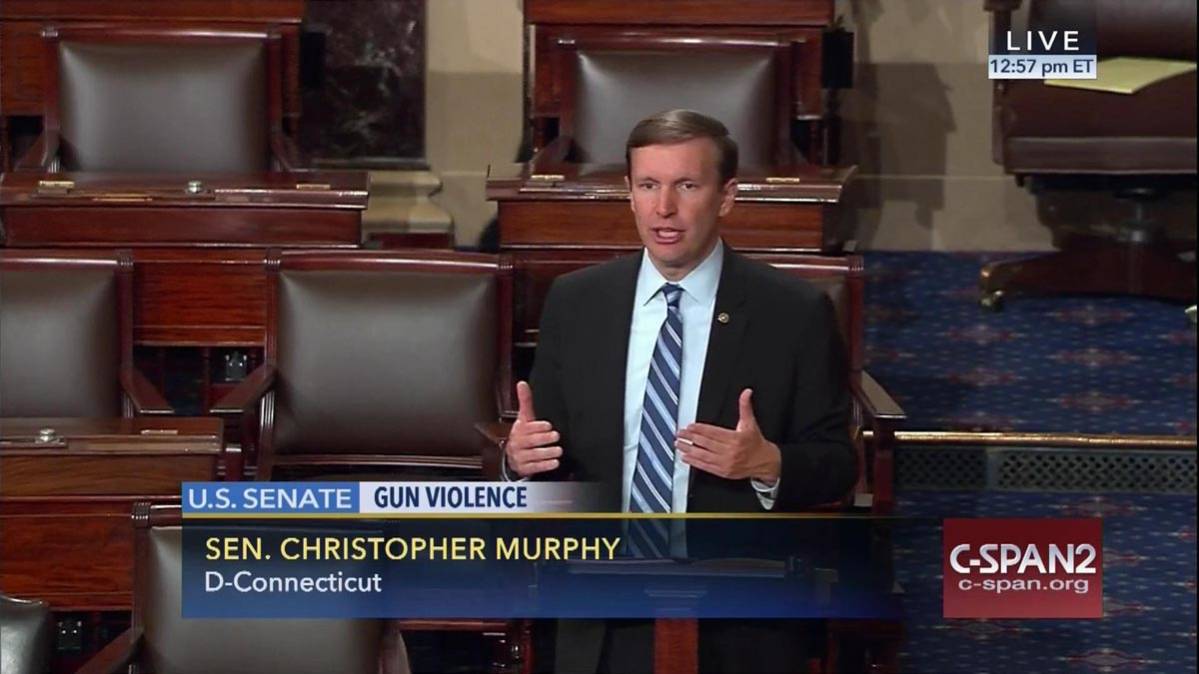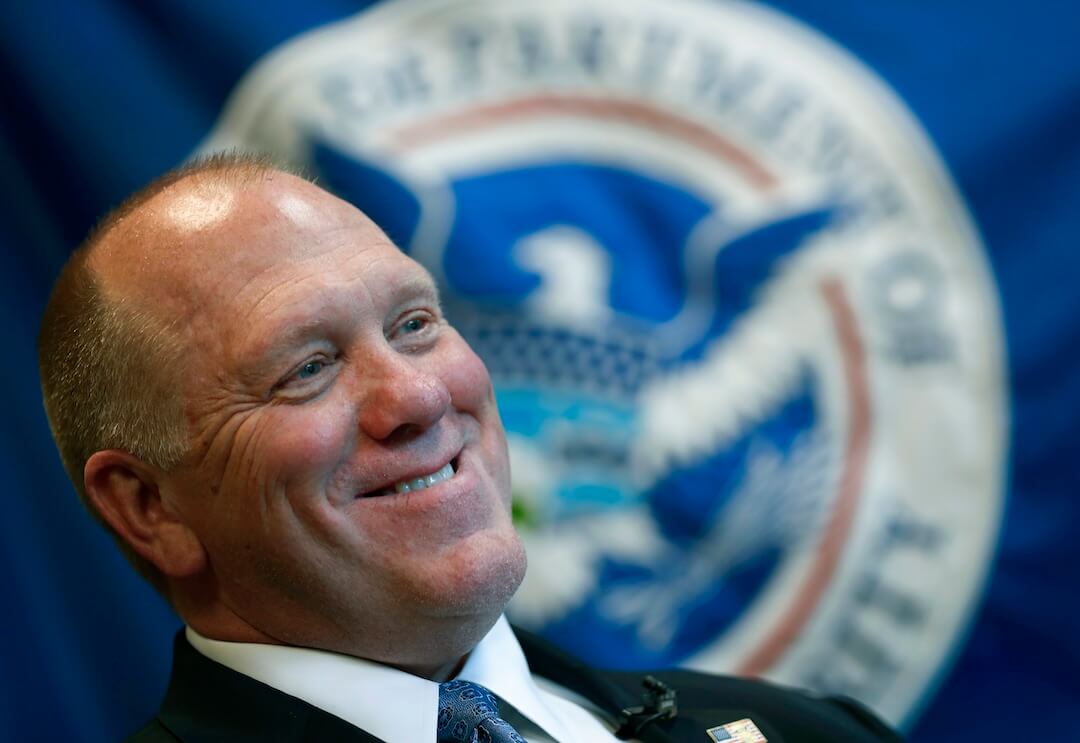C-SPAN, the famously neutral messenger of activity in government, exhibited a hidden tenacity Wednesday to air the unusual House sit-in over gun control.
Under rules agreed to long ago, the majority party essentially controls the cameras used by C-SPAN. The practice is to turn them off once a session is gaveled to an end.
And the Republicans did just that as angry Democrats took to the House floor after the GOP ended a session to protest the GOP refusal to bring up certain gun control legislation for consideration.
Some Democrats quickly got around that tactic by a variety of social media means, including use of the Periscope app, which allows users to transmit live video. They included Rep. Scott Peters of California, whose use of Periscope found multiple instant takers, including Fox News.
C-SPAN, too, quickly plugged in to the de facto alternative social media feeds, ultimately relying on Facebook Live video. It tweeted out that fact to make clear it wasn’t refusing to broadcast.
C-SPAN has no control over the U.S. House TV cameras.
— CSPAN (@cspan) June 22, 2016
C-SPAN officials in Washington weren’t totally sure of all precedents for what had happened. Legislatively, there appeared to be several times when either the cameras or House microphones were shut off.
Technologically, there were not any similar examples of the media making virtue out of technological necessity since any similar spats have taken place in the largely pre-social media world.
C-SPAN’s track record with newsworthy interruptions was provided to me by Robert Browning, a Purdue University professor and C-SPAN’s official historian (Brian Lamb, the network’s founder, is a Hoosier and its video archives are housed at Purdue).
An early and famous example came in 1984 when Democratic House Speaker Tip O’Neill, the quintessential Boston Irishman, got pissed with activist and garrulous GOP congressmen Newt Gingrich (the future Speaker) of Georgia and Bob Walker of Pennsylvania.
The two were using a gambit called “Special Orders” to give speeches once a session was essentially over and long after colleagues had headed for home. They got ample attention the first night of their tag team oratorical foray. But not the next night.
Despite an agreement that the cameras used for C-SPAN coverage would focus on just the individual speaking during a session, O’Neill ordered that they pan the chamber as Walker was gabbing. O’Neill wanted to show the world that nobody was there listening to the Republicans as they blasted the Democrats. Some dubbed this kerfuffle “Cam Scam.”
In 1988 Rep. Bob Dornan of California, a very chatty and nervy conservative, was giving one of what are mandated to be one-minute speeches. He wouldn’t stop, so the ruling Democrats turned off his microphone.
In 2011, Maryland Democratic congressman Steny Hoyer was seeking to engage then-House Speaker John Boehner on a matter when Boehner adjourned the session and walked off. Hoyer kept talking and the cameras were shut off.
But the most parallel situation played out in 2008, said Browning. Then, the Republicans were objecting to then-House Speaker Nancy Pelosi, the San Francisco Democrat, not taking up a certain energy issue.
They continued debating the matter after the session was adjourned. The Democrats then turned off the cameras. But, in a world without Facebook Live or Periscope, one couldn’t see their furor as one observed the Democrats’ Wednesday.
At minimum, both sides have played this game.






